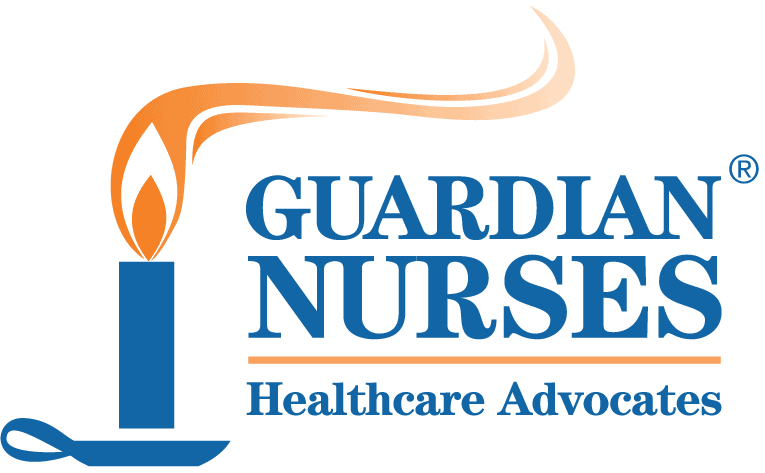The Thanksgiving holiday typically signals the season of celebration and holidays—Hanukkah, Christmas and Kwaanza. But for many, the darker, colder days herald another type of period: one of fatigue, lethargy and depression.
Seasonal affective disorder, or SAD — a type of depression that occurs with the changing of the seasons — can affect up to 10% of people in the United States, depending on where they live.
So don’t just brush off that yearly feeling as simply a case of the “winter blues” or a seasonal funk that you have to tough out on your own.
In this month’s issue of The Flame, we share information about SAD for those who may be wondering why they are not feeling all that jolly.
— Betty Long, RN, MHA, President/CEO, Guardian Nurses Health Advocates
SAD — Not Just an Adjective!
Seasonal Affective Disorder (SAD) is a type of depression that usually starts in the late teen or adult years. It is more common in women and in areas with long winter nights. And if those long nights include days of lots of snow and ice, when you’re ‘cooped up in your home,’ the depression can get even worse.
The exact causes of SAD are unknown. Less sunlight and shorter days are thought to be linked to a chemical change in the brain. Researchers have found that people with SAD may have an imbalance of serotonin, a brain chemical that affects your mood. Melatonin, a sleep-related hormone, also has been linked to SAD. The body naturally makes more melatonin when it’s dark. So, when the days are shorter and darker, more melatonin is made.
Symptoms
Symptoms of SAD usually build during the late fall and winter months, and are similar to other forms of depression such as:
- Hopelessness
- Decrease in energy or ability to concentrate
- Decreased interest in work or social activities
- Feeling sluggish
- Social withdrawal
- Irritability or moodiness
- Unhappiness
- Weight gain, increased appetite and increased sleep
Sometimes SAD may become a long-term depression and there is a chance that suicidal thoughts can occur as well. But, typically, SAD is a short-term, seasonal and manageable condition.
Testing
There is no test for SAD, so if you are concerned about signs for yourself or a loved one, the first step is to talk about it. Talk with your primary care provider or a loved one. Talking, of and by itself, is often therapeutic for SAD and can ease the symptoms. To make sure something else isn’t causing the symptoms, your provider may order labs to check your blood sugar, your thyroid function, or test for mononucleosis.
Treatment
Simple treatments for SAD can include making sure you get enough sleep, eating well, and exercise. (Heard that enough?) As you might also imagine, surrounding yourself with positive people also helps. Staying away from alcohol or illegal drugs is a no-brainer as using either one can make depression worse.
Light therapy has been used as an effective treatment for many people, as it mimics the light from the sun which is in short supply during the winter. If light therapy is going to be effective, you’ll notice an improvement in symptoms within 3-4 weeks. If the simpler treatments aren’t effective, then your healthcare provider may prescribe antidepressant medications to help.
The good news about SAD is it usually improves with treatment, and when spring arrives, it resolves. The most important thing to remember is to talk to your healthcare provider about it.
For more information, please visit the American Psychiatric Association website.
If you feel your depression is severe or if you are experiencing suicidal thoughts, consult a healthcare provider immediately or seek help at the closest ER. You can also call the 988 National Suicide and Crisis Lifeline–by simply dialing 988. The Lifeline provides 24/7, free and confidential support for people in distress, prevention and crisis resources for you or your loved ones.

